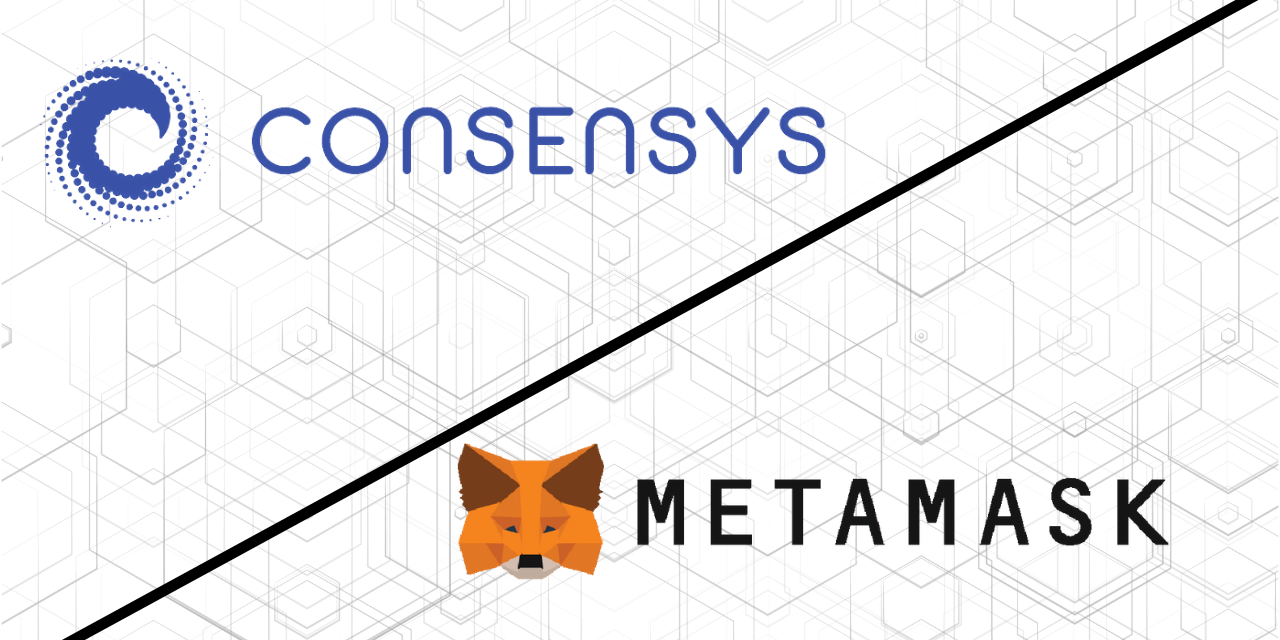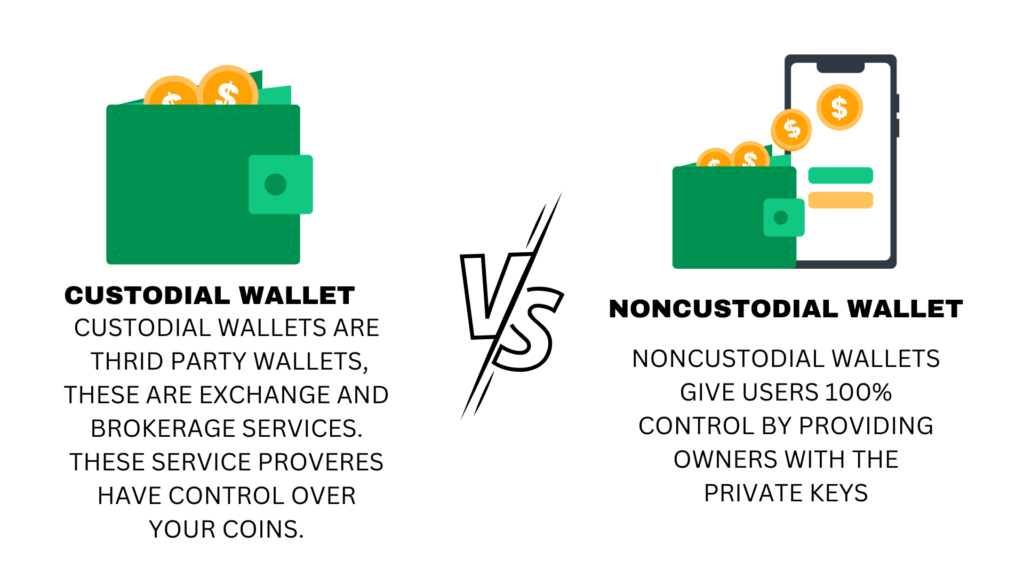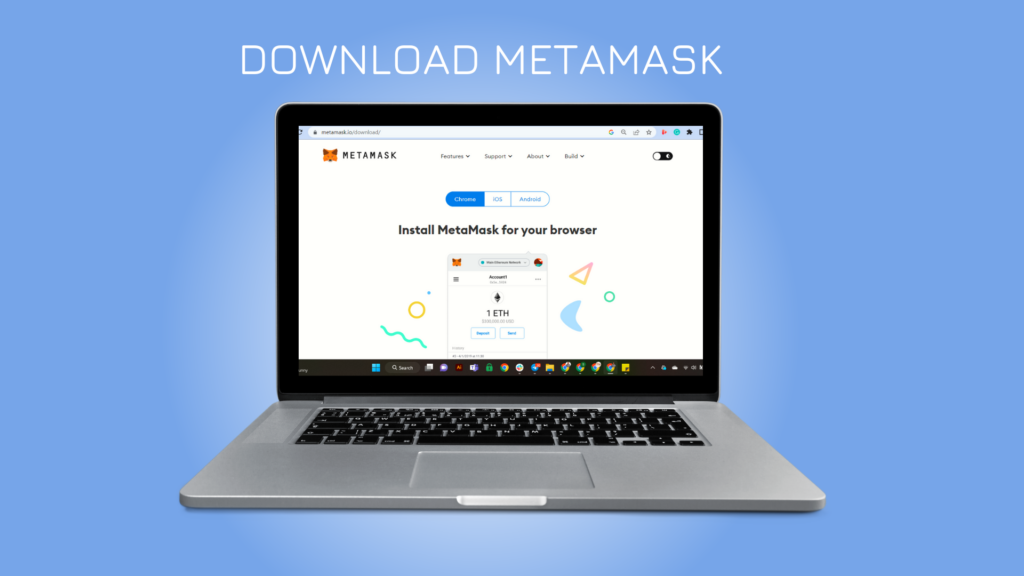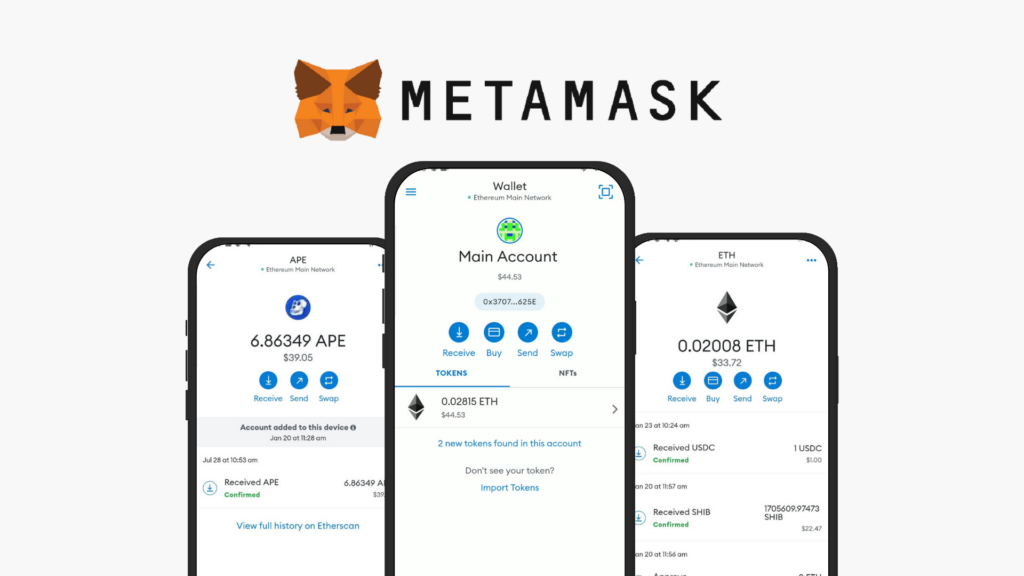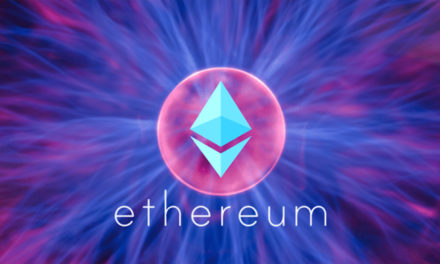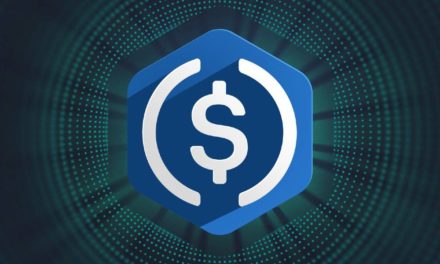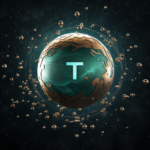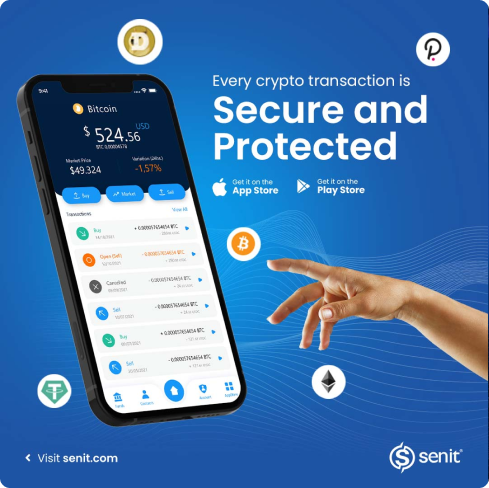In 2016, a New York-based software company, ConsenSys, released the first version of what would be touted as the most commonly used and best non-custodial crypto wallet for Ethereum on the planet, MetaMask. Like other blockchain-based projects developed by Consensys, Metamask was also built on the Ethereum ecosystem. Yes, it’s Ethereum again!
MetaMask is massively growing in popularity by the day. Statistics show that the MetaMask wallet was downloaded the most in the United States and the Philippines in 2022. MetaMask is a crypto wallet originally designed for use with the Ethereum blockchain. It has browser extensions that are compatible with Chrome, Edge, Firefox, and Brave. It allows users to securely store, manage, and send Ether (ETH) and other ERC-20 tokens. What is MetaMask doing differently? What sets it apart from its competitors, and why should you consider downloading its app if you haven’t? These are questions this article seeks to answer.
What Is a Cryptocurrency Wallet?
Maybe you don’t have the foggiest idea about crypto wallets. It’s totally fine. We got you! The answer to the question above would have been “MetaMask,” but it’s not the only crypto wallet in the world. Matter-of-factly, many wallets predate it, and there are scores of them, but what exactly are they — cryptocurrency wallets?
A cryptocurrency wallet, commonly called a crypto wallet, is just like a digitized version of a real, tangible wallet that you know where all kinds of paper money and sometimes cards are kept. The only difference for crypto wallets is that they’re digital and intangible and are meant for managing digital assets (read as cryptocurrencies). They are software applications that work on computers or mobile devices such as phones or tablets. Let’s just say a crypto wallet is analogous to an internet banking app, only that the former is crypto-based.
MetaMask as a Non-Custodial Crypto Wallet
Crypto wallets can be classified as custodial or non-custodial. MetaMask is a non-custodial wallet, but what does that even mean? A non-custodial wallet is one that gives users complete control over their private keys. According to Ethereum, your private key is what you use to sign transactions, granting you custody over the funds associated with your account. Unlike non-custodial wallets like MetaMask, some Crypto wallets do not give their users full control over their private keys and, by extension, their crypto assets. Hence, the wallets of exchanges like Coinbase, Binance, and KuCoin are custodial.
With MetaMask, you are your own boss! Your private key is private to you and you only (pun intended). Therefore, MetaMask has no say on what you decide to do with your holdings. In June 2022, a popular custodial crypto lending platform suspended all its users from withdrawing, transferring, and swapping their own crypto assets. The firm stated in a memo it issued after disabling those transactions that it had to take that step due to extreme market conditions, leaving million of its users in a rather uncomfortable position. This is precisely one of the problems with custodial platforms. It’s also the reason the saying “Not your keys; not your coins.” exists in the crypto world.
How to Get MetaMask
On your Android phone, you can get the MetaMask app on Google Play Store. Apple users can do the same on the App Store. You can also get its extension on browsers like Google Chrome, Mozilla Firefox, Brave and Edge.
The Perks of MetaMask
Once you install MetaMask on your device, you won’t have to enter your email address and/or phone number or upload any identity verification documents to have your wallet created. It only lets you set a password to unlock your wallet on the device. Once that’s done, the wallet generates a unique seed phrase or mnemonic phrase, which is a cryptographic object that will generate your private keys and can be used to restore your wallet if it is lost or forgotten. The seed phrase should be kept in a safe place and should not be shared with anyone.
It is noteworthy that the private keys generated by MetaMask are only stored on the device and not on the company’s central server. Therefore, you can be sure MetaMask doesn’t even know what you have in your wallet and what you do with it. The non-custodial system employed by MetaMask enables users to participate directly in the Ethereum ecosystem or other networks without the approval of a third party.
Once the MetaMask wallet is fully set up, users can interact with decentralized applications (dApps) built on the Ethereum blockchain. These dApps include decentralized exchanges (e.g., Uniswap), lending platforms (e.g., Compound), and prediction markets (e.g., Gnosis). By connecting users with MyEtherWallet, MetaMask eliminates the need to enter private keys at the execution of each transaction while creating, storing, or trading ERC-20 tokens. Users can also interact with other crypto wallets like Senit to move crypto assets effortlessly.
MetaMask is interoperable with virtually all Ethereum-based platforms. Because it is a wallet that’s compatible with handy decentralized finance platforms, it’s almost a must-have for creating NFTs, trading Ethereum-based tokens and even lending crypto assets out. All the assets you get to create or buy will be seamlessly stored in your MetaMask wallet.
One outstanding feature of MetaMask is that it allows users to access and interact with many dApps directly from their browser without downloading and running a full Ethereum node. This improves the security of the Ethereum network by reducing the number of full nodes that need to be maintained. MetaMask also allows users to switch between different Ethereum networks. This includes the main Ethereum network, as well as test networks such as Ropsten and Rinkeby. This enables developers to test their dApps on test networks before deploying them to the main network.
Besides its use as a digital wallet for Ethereum and ERC-20 tokens, Metamask also serves as a bridge between the traditional and decentralized web. It allows users to access and interact with decentralized websites, known as dWeb, which are built on top of peer-to-peer networks and do not rely on centralized servers.
It’s also fascinating that MetaMask supports hardware wallets such as Trezor and Ledger. These hardware wallets allow users to store their private keys offline and therefore increase the security of their funds.
User Interface
The user interface of Metamask is relatively simple and easy to use. The main dashboard displays the user’s available balance, as well as recent transactions. Users can also view their transaction history, and they can also manage their accounts and tokens. MetaMask wallet’s interface is user-friendly so that individuals just setting foot in the crypto space will have a beautiful and hassle-free experience setting up their first crypto wallet.
Conclusion
Overall, Metamask is a versatile and user-friendly digital wallet that enables users to securely store and manage their Ethereum and ERC-20 tokens, as well as interact with decentralized applications and the decentralized web. Its ease of use, security features, and support for multiple networks make it a popular choice among Ethereum users.
It’s, however, essential to note that even with the wallet’s fantastic security features, users still have to be aware of potential risks associated with using a non-custodial wallet like MetaMask. They must take the necessary precautions to protect their funds, such as not sharing their private keys with anyone and keeping their seed phrase secure at all times.
